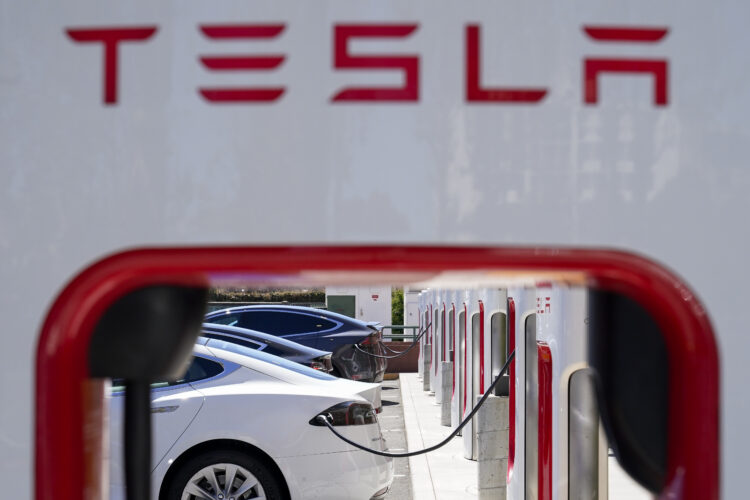Business opportunities are on the horizon for public car charging stations. According to estimates provided by the Edison Electric Institute, roughly 26 million electric vehicles will be on U.S. roads by 2030. What does this mean? Over 140,000 L3 charging stations will be needed for the predicted explosive capacity.
According to an article released by McKinsey & Company, 1.2 million public EV charging stations, and 28 million private chargers are required if there are aims to slash half of the gas-powered vehicle sales by 2030.
When one thinks of the high demand for L3 charging systems needed, Tesla’s Supercharger system is a strong consideration. The cost of building an EV charging system like this would range between $60,000 and $350,000.
There are three levels of charging capabilities that are uncreatively dubbed L1, L2 and L3. The difference between the three levels of charging is the power delivery these levels can provide.
Appinventiv shared an informative description of each level charging station capability:
The cost of developing an EV fast charging system is primarily influenced by several key factors, which encompass hardware and installation expenses, power supply and grid upgrades, software and networking requirements, as well as maintenance and operational costs.
The development of an EV fast charging system, such as the Tesla Supercharger, relies on the ingenious integration of software and hardware. The software plays a vital role in ensuring the efficient operation of the EV charging network.





















Add comment